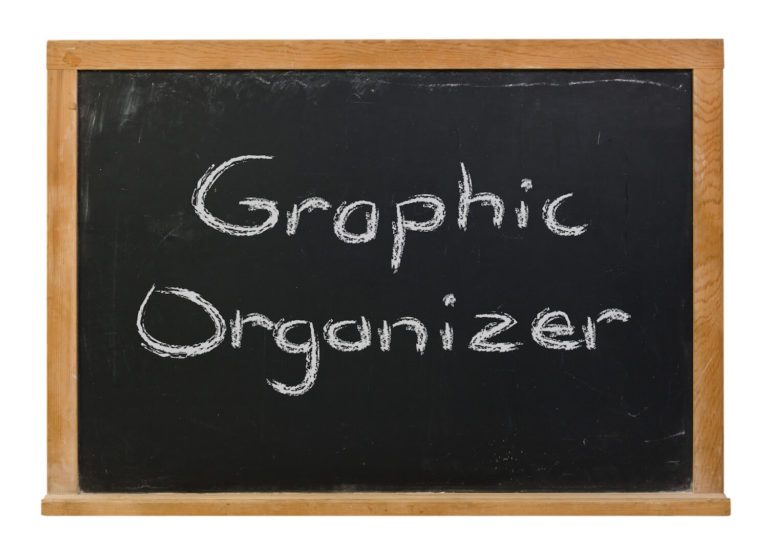As educators, we’re always looking for new ways to help students classify and communicate their ideas more effectively. A visual guide, such as a graphic organizer, can do just that, as well as help students plan and structure their ideas in an organized manner. Here we will take a brief look at what a graphic organizer is, the different types of graphic organizers that you can use, as well as how you can use them effectively in the classroom.
What is a Graphic Organizer?
A graphic organizer is a powerful, visual learning tool that teachers like to use to help students organize their ideas. They can also be used to clarify or simplify complex concepts, help with problem solving or decision making, or be used to plan research or brainstorm ideas.
What are the Different Types of Graphic Organizers?
While there are several types of graphic organizers, each with a specific purpose, we will briefly go over the top five most popular used in the classroom.
Venn Diagram
A Venn diagram is a graphic organizer that has two interlocking circles. This type of organizer is used to identify differences and similarities. Students write details about how the topics are different in the outer parts of the circles and how they are the same in the shared inner space of circles.
Venn diagrams can be used to compare and contrast two characters. For example, students would write how each character is different in the outer spaces and how they are the same in the overlapping space in the middle. Then, students can use this graphic organizer to help them write an essay about each character.
Concept Map
A concept map is a graphic organizer that looks like a web with arrows connecting each circle. This type of map helps students identify a main concept as well as sub-concepts. It can be used to help visually organize thoughts as well as illustrate hierarchical information.
There are a variety of ways this type of organizer can be used in the classroom. Students can show relationships between specific concepts, characters in a story, or even vocabulary words. Many teachers like to use it to assess students’ prior knowledge on a topic.
T-Chart
A T-chart is a graphic organizer that is used to compare and contrast two different things. Students can use a T-chart to make comparisons related to a variety of topics or subjects; they can also be used in any content area or genre. For example, in social studies students can compare two different political candidates, then use the chart to help them in a class debate.
Idea Web
An idea web is a graphic organizer that is used for brainstorming and helps students organize ideas or concepts. Much like a concept map, an idea web is comprised of circles that are connected. This type of organizer is mainly used to help students brainstorm story ideas. For example, a topic is written in the center circle and students write in the details in the surrounding smaller circles.
KWL Chart
A KWL chart is another popular graphic organizer, especially in the elementary classroom. This visual learning tool consists of three questions, each in their own column (‘what I Know’, ‘what I Want to know’, and ‘what I Learned’). This is a great graphic organizer for activating prior knowledge.
This organizer is used both before and after learning a concept. Before learning, students write down “what they want to know” and “what they already know” about the topic. Then, after the concept is learned, students write down “what they learned” in the third column of the chart. This three-step process is great for developing a sense of purpose and helps students become more engaged in the topic they are learning.
How to Use Graphic Organizers Effectively
Graphic organizers can be a helpful learning tool, especially when they can guide students to a deeper understanding of what they are learning. To effectively support student learning, it’s important to always model how to use the organizer, as well as instruct students on why you choose the graphic organizer that you did for that specific topic.
For example, explain to students that you choose a Venn diagram as a starting point for an essay they will be writing because it will help them compare two characters in an organized manner before they begin writing their essay. When students understand what they are doing and why they are doing it, it will give them a sense of purpose.
Graphic organizers are great tools to meet the needs of all learners. By presenting information in a graphic format, you can easily make a lesson accessible to all students. To increase the effectiveness of a graphic organizer, always make sure to model beforehand and explain why you are using it and what you are using it for. Also, make sure that each graphic organizer that you choose is aligned with your learning goal; this will ensure that students will apply the information learned and develop a deeper understanding of the concept.




